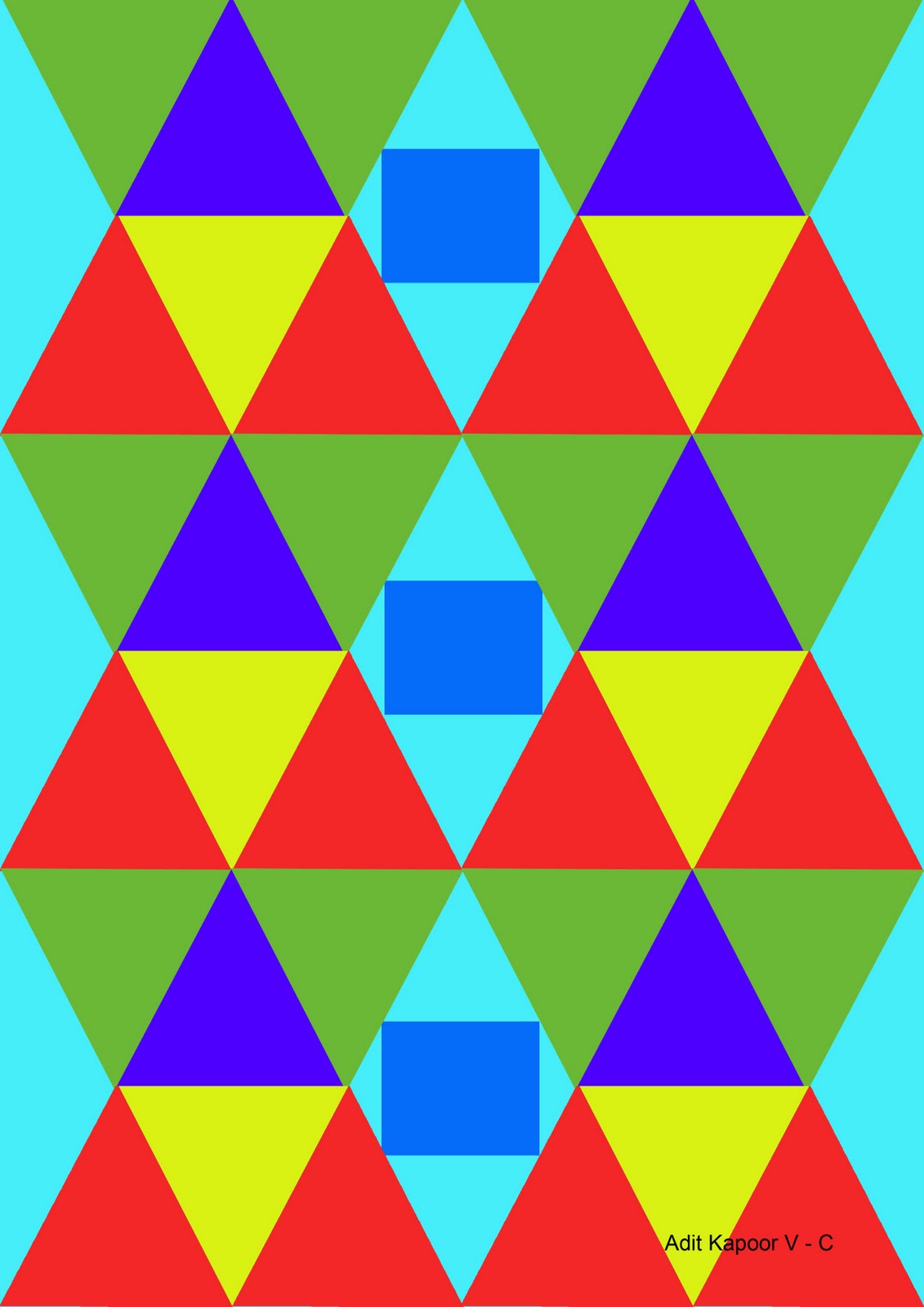

He had to study the tessellation concept much more systematically, so he began drawing them in notebooks with squared paper. He came to the conclusion that using a wooden block to print a tessellation was far too tedious and that it would take a long time for him to make any progress.

This was partly why it took until his voyage in 1936 to the Alhambra before he recommitted fully to this art form. *’Īlthough he very much enjoyed making these tessellations, he had little success selling them. It offers the sensation of approaching something both ancient and eternal. The ‘discovery’ of such a pattern which, according to a certain system, repeats itself rhythmically and as such is dependent on unwavering laws, has always been and continues to bring me great joy. What interested me most was the dual function of the dividing line between two adjacent figures, as it is equally as indispensable for one pattern as for the other. It was partly due to circumstances that it wasn’t until 1936 after a second visit to the Alhambra that I devoted a large part of my time to toying with animal shapes. I exhibited these stamped works, but had little success with them. ‘I needed at least three colours to cover my stamp block in order to get one pattern to contrast with the repeating congruent repetitions of that pattern. In his early attempts, he carved an animal shape directly into the woodblock, after which he duplicated it on paper or fabric either mirrored or rotated. He first started making tessellations some ten years earlier. Escher’s collection consisted partly of copies of tessellations he had traced in the Alhambra (Granada) and La Mezquita (Cordoba) in the spring of 1936 and partly of ones he had drawn himself. In October 1937, he showed his collection of tessellations to his brother Beer (Berend), a professor of geology, mineralogy, palaeontology and crystallography at Leiden University. They show development, but are also part of a development. Nakamoto (with permission from Michal Kosmulski)ĭimensions: 53 x 53 cm (20.5 x 20.5") Depth 4.Development I and Development II are both prints in which Escher attempts to find a satisfactory way to express the concept of ‘infinity’. Stars and Squares Tessellation was designed by Shuzo Fujimoto and Michal Kosmulski, lit and folded with handmade Japanese paper by G. You will smile when you turn on your one-of-a-kind art piece! Light brings out the beautiful quality of the paper and displays the light and shadows from the intricate folds.

Single sheets of paper often start off double the size of the finished piece and take hours of precise folding to complete. This is where the beauty of the piece comes in as the multiple layers of paper give shadow and depth to the piece. Origami tessellations are made from a single sheet of paper folded in a repeated pattern. A combination of art and lighting make a unique statement for anyone who owns the Stars and Squares Tessellation light frame. This handmade functional piece of art will light up your living space with the beautiful glow of an origami tessellation.


 0 kommentar(er)
0 kommentar(er)
